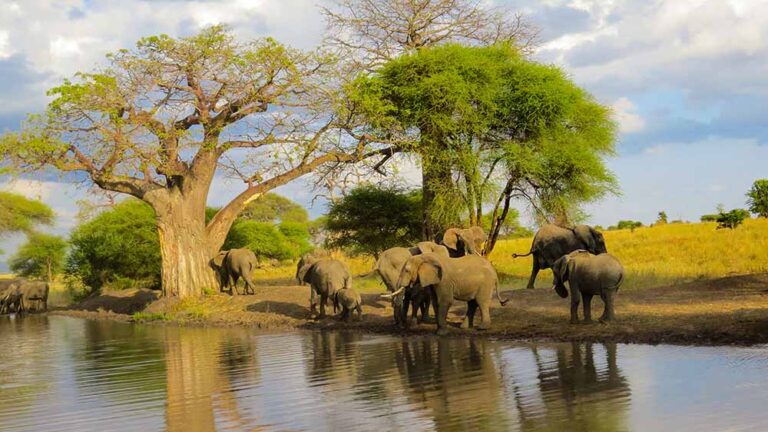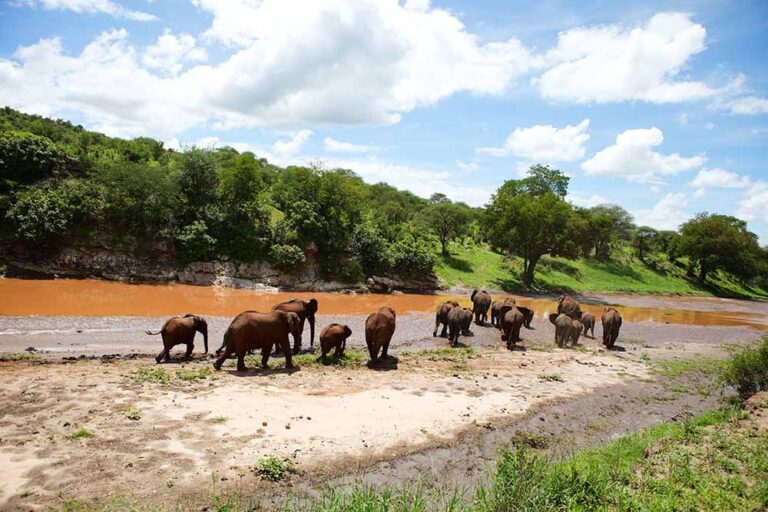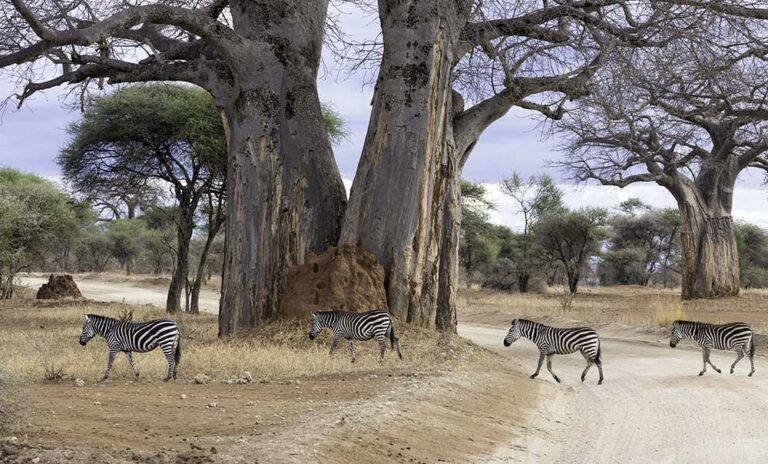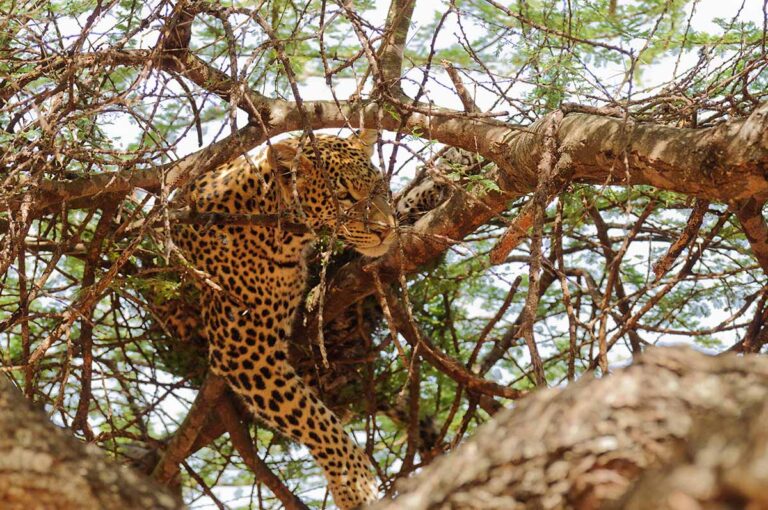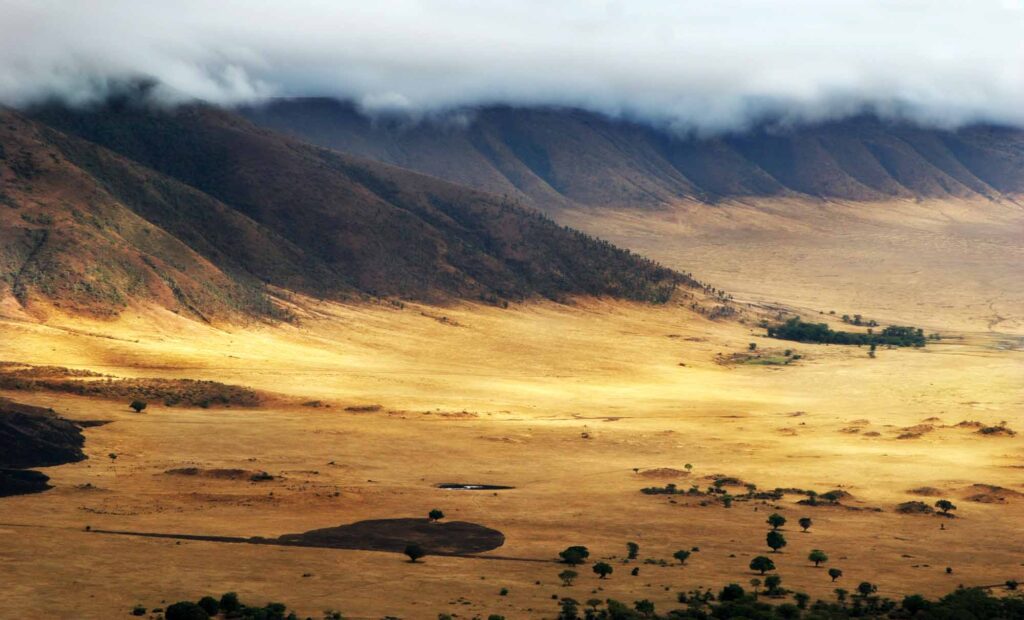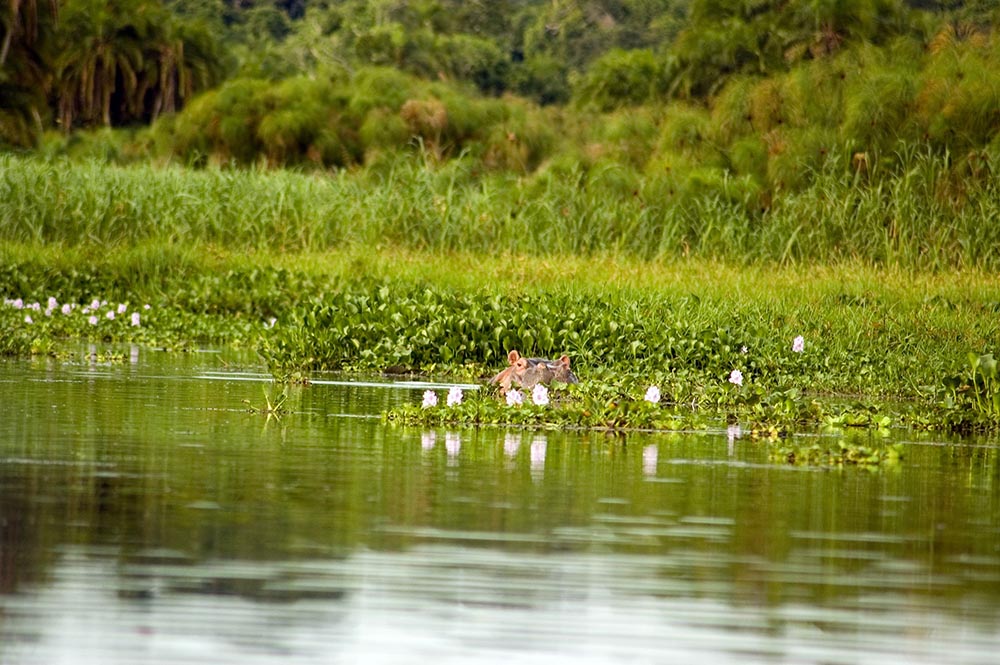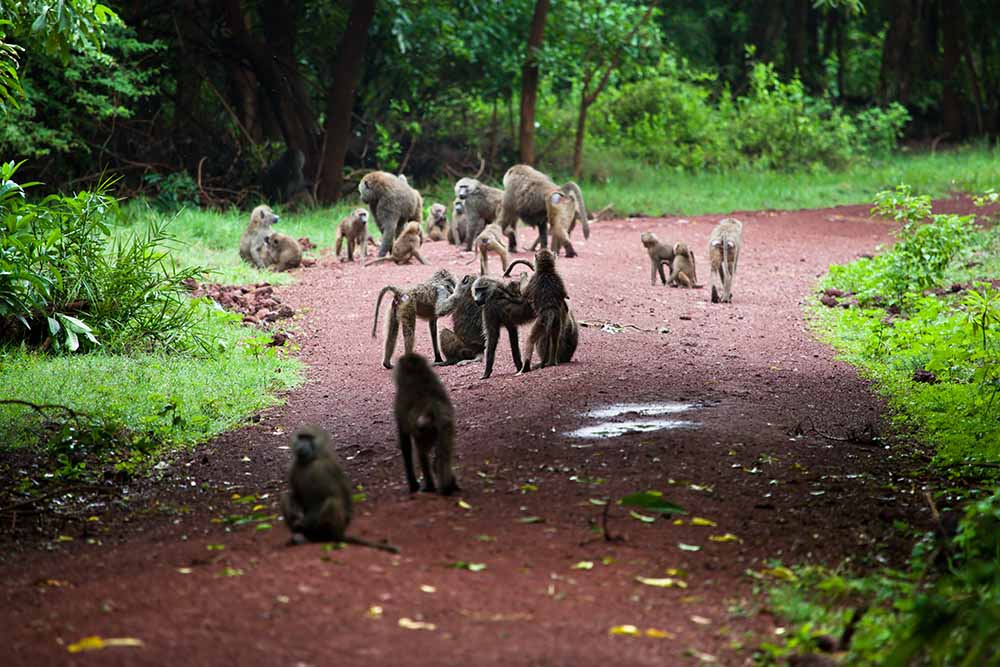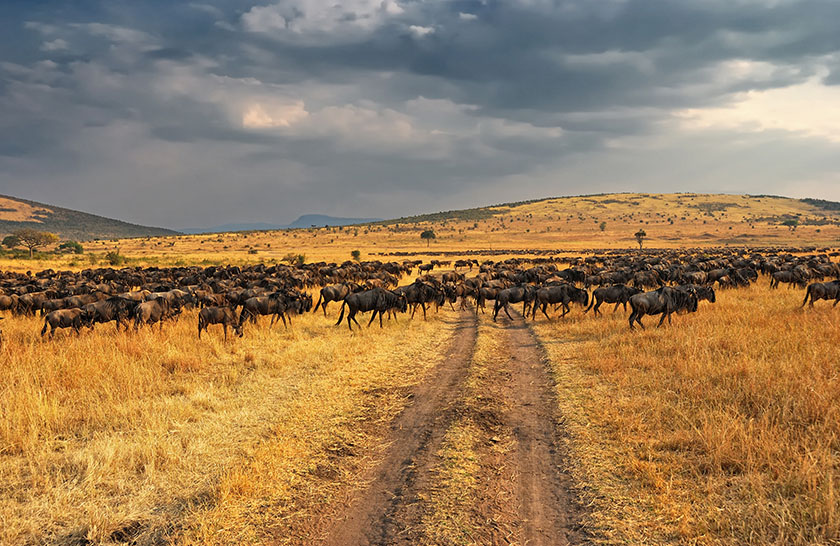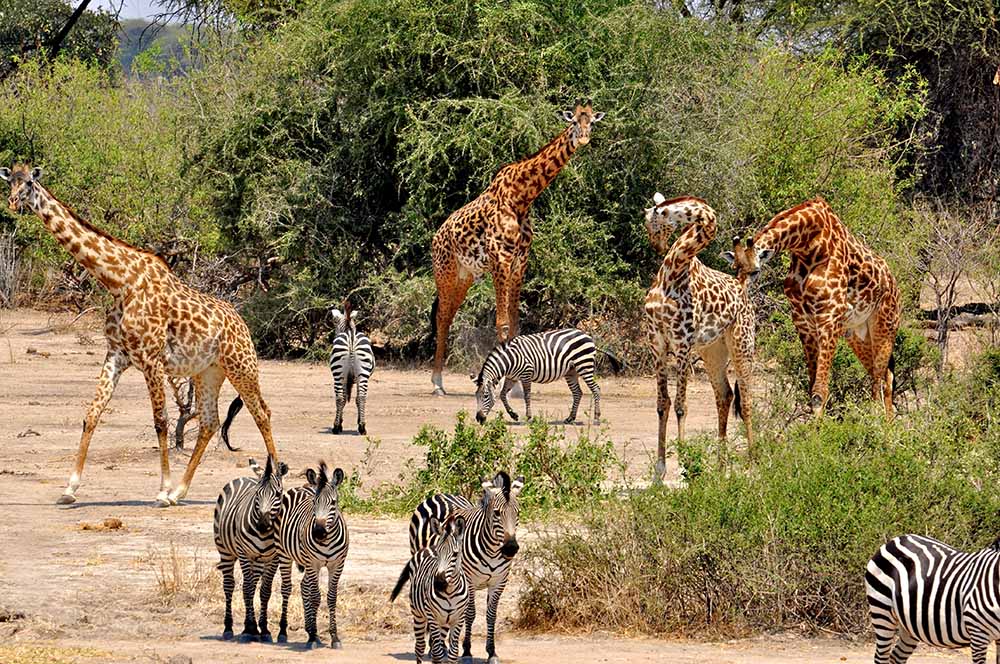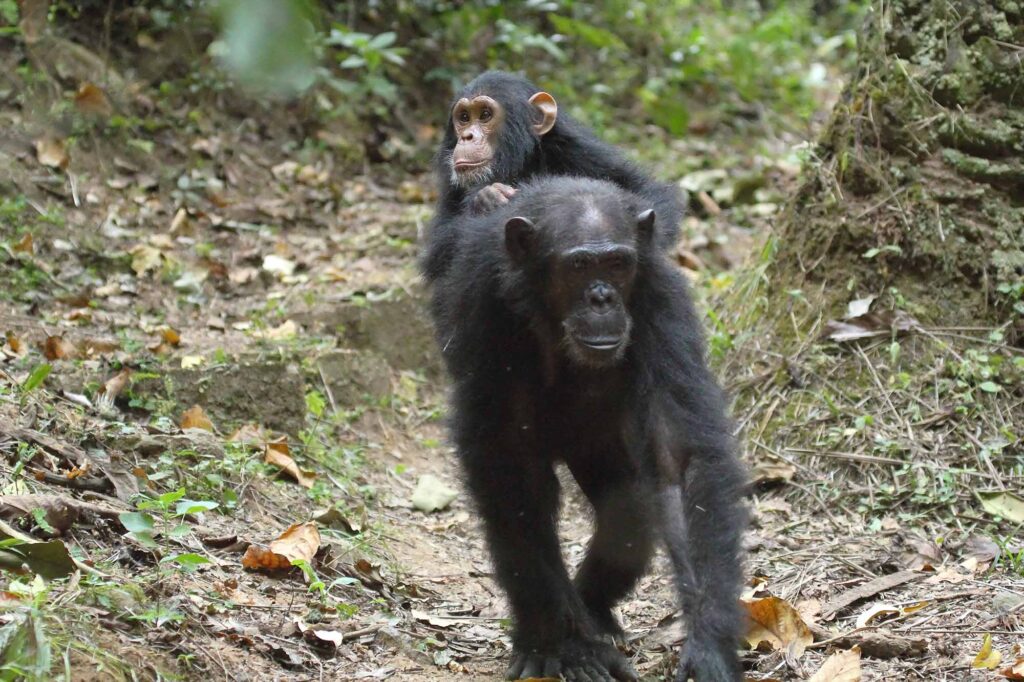Tarangire National Park
Overview
Set in the heart of northern Tanzania’s safari circuit, Tarangire National Park is a stunning and often overlooked treasure that delivers an unforgettable African wilderness experience. Covering an area of approximately 2,850 square kilometers, Tarangire is the sixth largest national park in Tanzania and offers a remarkable variety of landscapes—from rolling savannahs and grassy floodplains to dense acacia woodlands and towering baobab groves. It’s a place where nature unfolds in dramatic scenes, especially during the dry season, when vast numbers of animals migrate into the park in search of water.
The Tarangire River, winding through the park, serves as the only permanent water source during the dry months, drawing massive herds of wildlife and making the area one of the best year-round game viewing spots. While the Serengeti may grab more headlines, Tarangire holds its own with spectacular elephant gatherings, rich biodiversity, and far fewer crowds, creating a more intimate safari experience. Visitors often describe it as a hidden gem—wild, raw, and truly immersive. Whether you’re a first-time traveler to Tanzania or a seasoned safari-goer, Tarangire’s combination of wildlife, scenery, and serenity will leave a lasting impression.
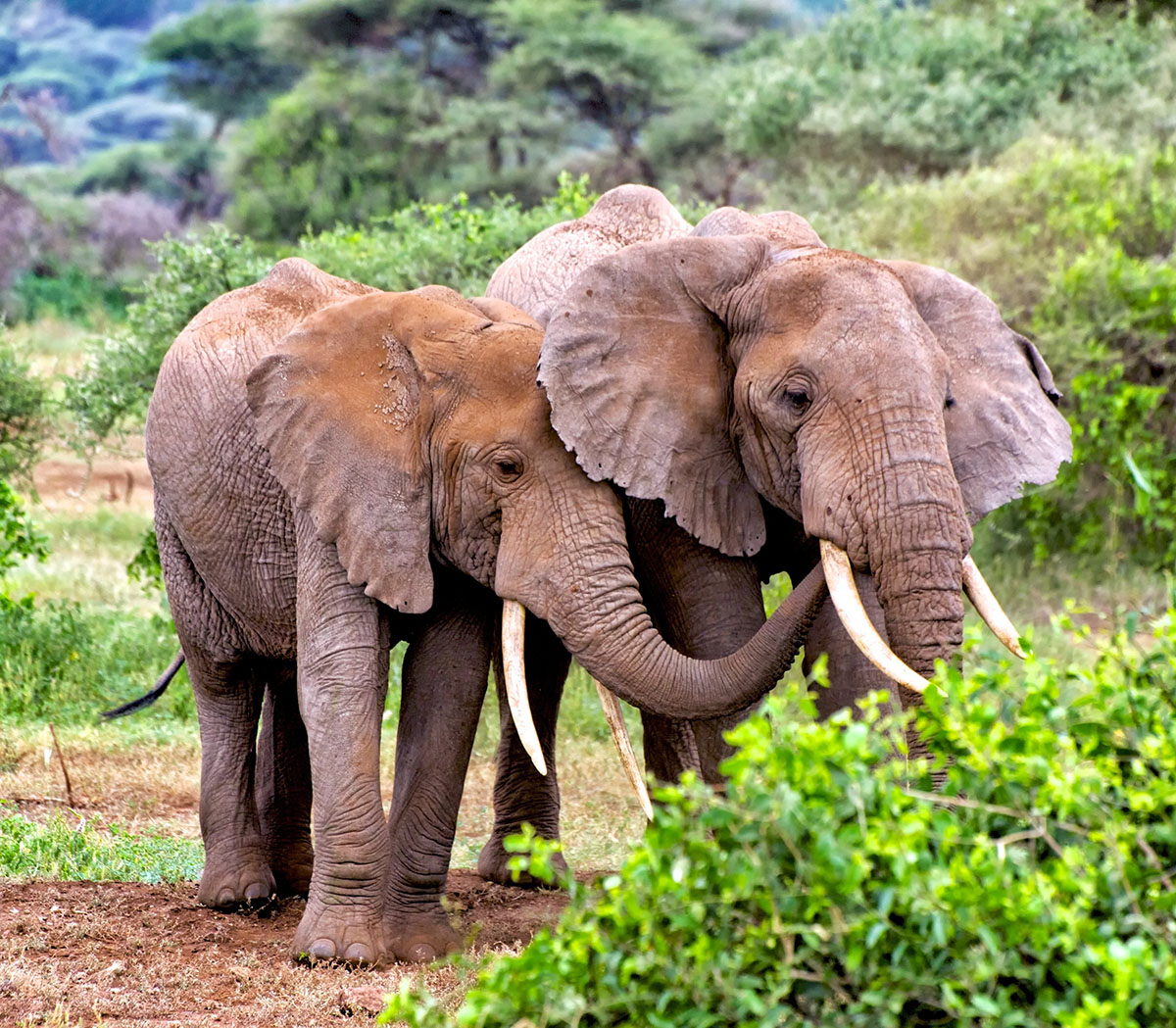
Park Highlights
- Massive elephant herds: Tarangire is renowned for hosting some of the largest elephant populations in Tanzania, especially during the dry season.
Iconic baobab trees: The park is dotted with ancient, towering baobabs that create a dramatic and photogenic landscape.
Tarangire River: The only permanent water source during the dry months, attracting huge concentrations of wildlife.
Diverse wildlife: Home to lions, leopards, cheetahs, giraffes, buffaloes, zebras, wildebeest, and rarer species like the fringe-eared oryx and kudu.
Rich birdlife: A paradise for birdwatchers, with over 500 recorded species, including hornbills, eagles, and colorful bee-eaters.
Seasonal migration: Between June and October, Tarangire hosts a mini-migration of thousands of animals moving in from surrounding areas.
Peaceful safari experience: Fewer crowds compared to Serengeti or Ngorongoro, offering a more relaxed and intimate wildlife viewing experience.
Varied ecosystems: From swamps and river valleys to savannah and woodlands, the park’s varied habitats support a wide range of species.
Activities in Tarangire
- Game drives: Explore the park’s varied terrain and spot a wide range of wildlife from open-sided 4x4 vehicles.
- Birdwatching: With rich birdlife year-round, Tarangire is a top spot for both amateur and experienced birders.
- Walking safaris (available in select areas): Accompanied by an armed ranger, walking safaris allow you to connect with nature on a deeper level.
- Cultural visits: Nearby Maasai and Barabaig villages offer enriching cultural extensions to your wildlife experience.
Best Time to Visit
The best time to visit Tarangire is during the dry season from June to October, when wildlife congregates around the river, making sightings more frequent and dramatic.
However, the green season (November to May) brings lush scenery, fewer visitors, and exceptional birdwatching—ideal for photographers and those seeking a quieter safari.


